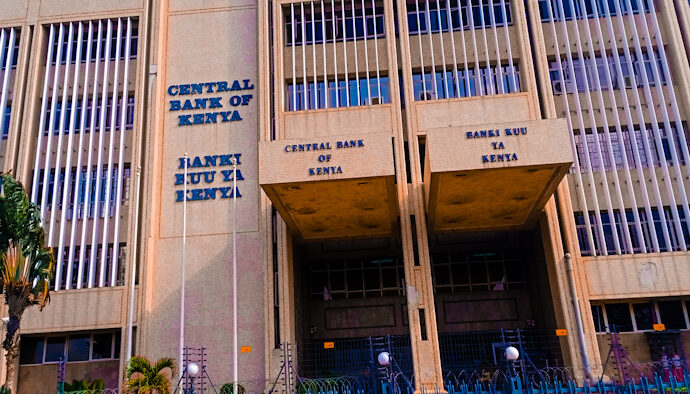The need to support economic conditions remains paramount for both fiscal and monetary authorities.
In the second quarter of this year, the economy contracted by 5.70% compared to an expansion of 5.30% in a comparable period a year before.
Though economic activity in the latter half of this year is expected to be comparably better than the first, that is following the lifting of domestic restrictions on movement and, perhaps, to a lesser extent better external demand, the recovery is likely to be uneven.
Moreover, the recent resurgence of COVID-19 infections as well as the uncertainty around a re-introduction of containment measures, an extension of curfew hours, could weigh on activity and dampen the strength of the recovery.
This affirms our in-house expectation that GDP will contract by 1.80% in 2020 from an average of 5.38% in 2019.
With fiscal stimulus likely to remain constrained, the onus will in the meantime shift to monetary policy to support growth conditions.
Over the last seven months, the central bank has maintained a hold on its current accommodative stance in a bid to allow previous easing measures filter through to the market.
This move has been supported by muted inflation pressures.
In light of constraints to the effective transmission of policy via the interest rate channel, as credit risks mount, non-interest rate policy directives have thus far borne the most success.
In this regard, over 30.00% of the total banking sector loan book has been restructured offering some reprieve to borrowers.
Despite scope for further easing, challenges in transmission coupled with unfolding developments around a COVID-19 vaccine could see the central bank more inclined to hold the central bank rate (CBR) at 7.00% in its upcoming policy-setting meeting.
The central bank is as well expected to reiterate its commitment to promptly support economic conditions as and when the need arises.




